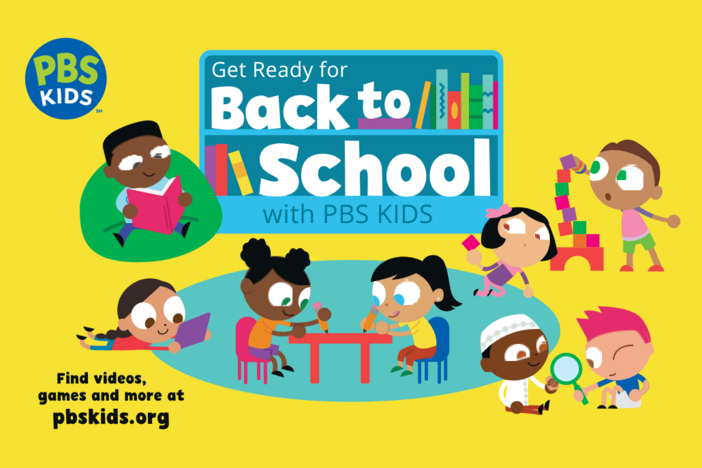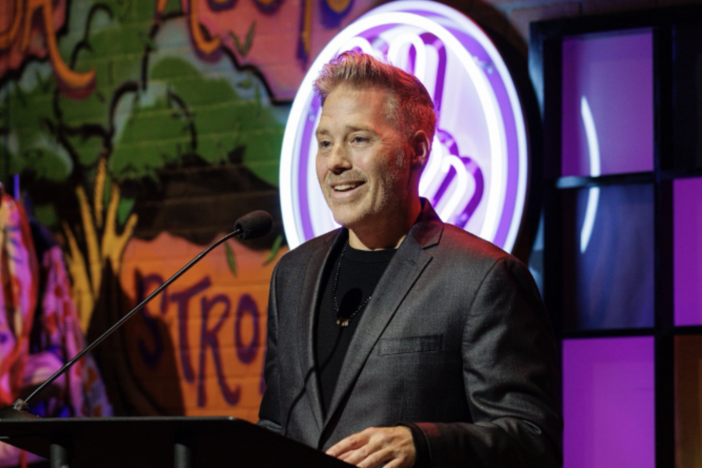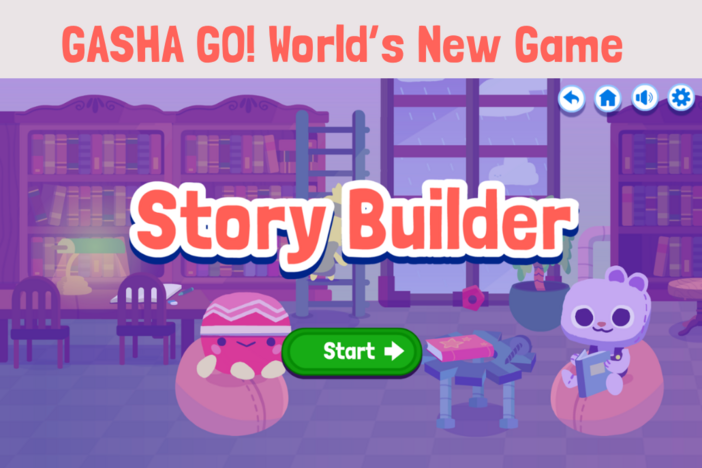
Section Branding
Header Content
Information Literacy In The 21st Century
Primary Content

Ezra Klein recently brought attention to a book by Neil Postman from 1985 called Amusing Ourselves to Death. He specifically mentions how Postman discusses those familiar authors of the high school literature class--Orwell and Huxley--differ in terms of their visions of a dystopian future. As Klein tells it, “‘Orwell feared those who would deprive us of information,’ wrote Postman. ‘Huxley feared those who would give us so much that we would be reduced to passivity and egoism. Orwell feared that the truth would be concealed from us. Huxley feared the truth would be drowned in a sea of irrelevance.’” Today, our students face a daunting media landscape that never seems to turn off and is hyper-driven by getting their attention.
Helping them navigate, analyze, and derive understanding from this part of our world is crucial. And yet, maybe educators believe our students are savvier than they actually are. The Stanford History Education Group conducted and published a study from 2017 about this exact situation. They charge that our students are not only struggling to overcome bias like so many adults, but they are also woefully unprepared to detect fake news, or even whether or not articles are sponsored on sites they are reading. As they conclude, “Overall, young people’s ability to reason about the information on the internet can be summed up in one word: bleak.” So, as educators, it then falls to us to provide solutions to a growing issue.
Possible Solutions
Scott McCleod, associate professor of educational leadership at the University of Colorado, Denver puts it like this: “Not only is the digital natives concept disproven, it also seems to grant us permission . . . to avoid the difficult challenge of fostering technology- and information-fluent students because we supposedly have little to teach them.” In no way is that the case.
Matt Renwick, a principal in Wisconsin offers a few simple tips to help educators get started.
- Reliable feeds of information can be curated
- Persuasion should be understood
- Teach quality search strategies
- Let students create content for an audience
We can't cover everything here, but below are some wonderful resources to build upon Renwick's introduction. Utilizing streaming video from PBS LearningMedia and partnerships and strategies from Discovery Education, educators should feel more comfortable tackling the challenge we face. Need an easy way to help students understand media bias? Check out Allsides, a listing of news organizations indexed by their political leanings.
PBS LearningMedia
At PBS LearningMedia, the are several wonderful collections of the latest content and lessons, including Braincraft, Common Sense Media, Above the Noise, and PBS NewsHour. We have assembled a folder of our favorites episodes with explainer videos covering everything from how the media utilizes neuroscience to persuade them about products to lessons educating them about identifying high-quality websites and hands-on activities for investigating sources of information.
They have also put together a webinar to foster citizen journalists to help teachers understand why teaching journalism is important as well as how to integrate it into the curriculum. Want to explore more media literacy projects but are not sure where to start? Member station KQED has built an entire professional development site, KQED Teach, that hosts guided courses on everything from how media messages are constructed to infographics and the essentials of video storytelling. A simple free login will give educators access to all of the self-paced courses with activities and tasks to complete and peer feedback.
Discovery Education
With a network of partnerships, Discovery Education has built a series of programs and curriculum to make classrooms more effective and engaging. Their Spotlight On Strategies series is a collection of instructional strategies broken down by skill for direct implementation. Their Top 10 series hosts lists for scaffolding student research to allow students more independence, promoting critical thinking and problem-solving, as well as improving their abilities to compare and contrast sources and content.
Additionally, Discovery Education and the Nielsen Foundation have a developed a program called Discover Data which includes lessons on data analysis in the media industry, helping students to build predictive models for interpreting consumer behavior in the future. In this way, students gain behind-the-scenes knowledge of how large organizations are utilizing the vast amounts of data we as consumers generate. And speaking of how organizations are using information, check out lessons from their series Ignite My Future for activities on understanding Deepfakes, separating Fact from Fiction, or what Revisionist History is.
Additional Resources
Outside of Discovery and PBS, there are many sites and organizations looking to educate our students concerning fake news and media literacy. Earlier, we mentioned the Stanford History Education Group report on student abilities. Following up with their critical research, SHEG built a curriculum around Civic Online Reasoning. Their tools include physical and digital tasks as well as assessments to sharpen students skills in the digital literacy realm.
And for more general and daily use, Allsides is a wonderful organization that has built a website showing a spectrum of media perspectives on current trending news. Instead of watching students confirm their own biases with their favorite media source, Allsides can help them to see which perspective that source comes from along with other sources that can help balance their views.
Because, as the researchers at Stanford put it, "Never have we had so much information at our fingertips. Whether this bounty will make us smarter, and better informed or more ignorant and narrow-minded" is for us to decide. We have the tools we need. Now it is up to us.
Today, our students face a daunting media landscape that never seems to turn off and is hyper-driven by getting their attention. Here's how you can help them navigate it.





